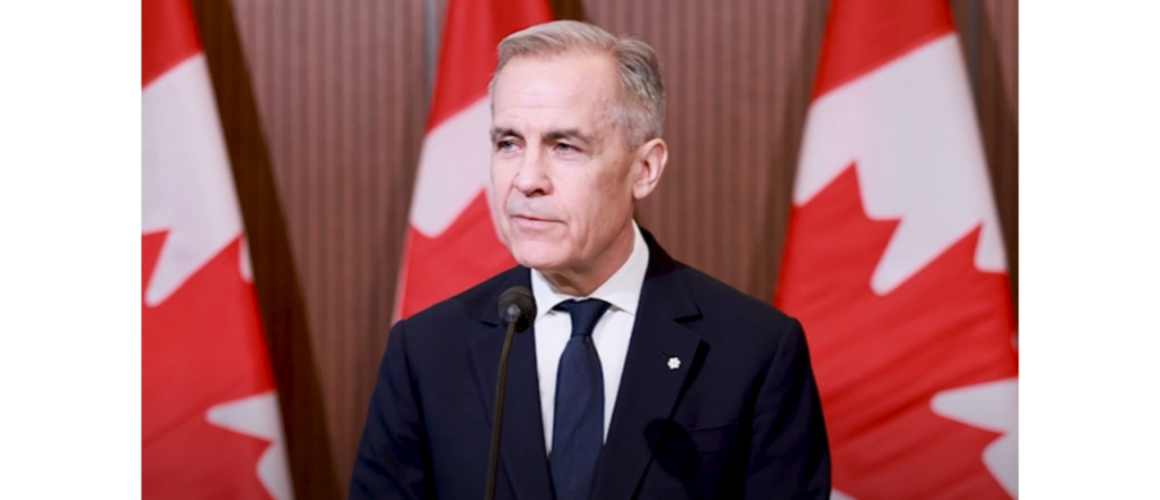Insights from the Carney Campaign: Behind the Victory

Mark Carney’s 2025 election win not only marks a significant political shift but also signals the rise of a new kind of Liberal leadership — strategic, digital-first, and anchored in broad-based appeal. Behind the scenes, Carney’s campaign team operated with precision, adapting to a volatile electorate, economic anxiety, and voter skepticism.
What made the Carney campaign resonate? From its use of data analytics to the introduction of new political voices, this election wasn’t just about policy — it was about positioning the Liberal Party as the engine of renewal, realism, and national unity.
A Calculated Strategy in a Fragmented Political Landscape
Canada’s political map in early 2025 was fractured. With voter fatigue toward establishment politics, rising populist sentiment, and regional discontent, Carney’s campaign couldn’t rely on traditional party strongholds.
The campaign team focused on:
- Microtargeting regional priorities — like housing in Ontario, climate jobs in B.C., and healthcare staffing in Atlantic Canada.
- Data-driven outreach — Digital dashboards were used to monitor voter sentiment daily, allowing campaign staff to pivot on message testing.
- Economic credibility — Carney’s background as a central banker was packaged as a symbol of global competence in an unstable era.
The Rise of New Political Talent
The campaign also served as a platform for emerging Liberal voices — several of whom are expected to assume key cabinet roles. Notably, candidates from immigrant, Indigenous, and younger professional backgrounds were spotlighted in ridings that hadn’t traditionally leaned Liberal.
Behind the scenes, the campaign team featured:
- Digital strategists from the tech and policy worlds
- Former civil servants specializing in public trust
- Community organizers from non-political movements
The Messaging That Worked
While some critics called Carney’s style “technocratic,” the campaign leaned into that image — contrasting Carney’s calm professionalism with louder, less disciplined opposition.
Slogans like “Competence with Compassion”, “Serious Times Need Serious Leadership”, and “Plan. Don’t Panic.” captured voter frustration with noise-driven politics.
Rather than promising everything, the campaign focused on three winnable priorities:
- Lowering housing costs through market-incentivized zoning
- Modernizing healthcare via digital systems
- Promoting economic security with energy diversification and export reform
Lessons for the Future
The 2025 campaign may become a case study for how to win in a polarized but tech-literate democracy. Carney’s campaign showed that:
- Substance still sells — especially when trust in institutions is low
- Data matters, but it must be paired with authentic storytelling
- Targeted, focused promises beat vague, catch-all populism
The challenge ahead is converting this campaign momentum into sustained governance. With global uncertainty and domestic demands intensifying, Carney’s government must now prove that its campaign realism wasn’t just rhetoric.
Conclusion
Mark Carney’s victory wasn’t accidental. It was a combination of digital innovation, fresh political talent, message discipline, and economic credibility. Behind the curtain, a new generation of Liberal strategists laid the groundwork for a government that seeks to be less performative — and more prepared.
The campaign may be over, but its lessons are only beginning to reshape Canadian political playbooks.